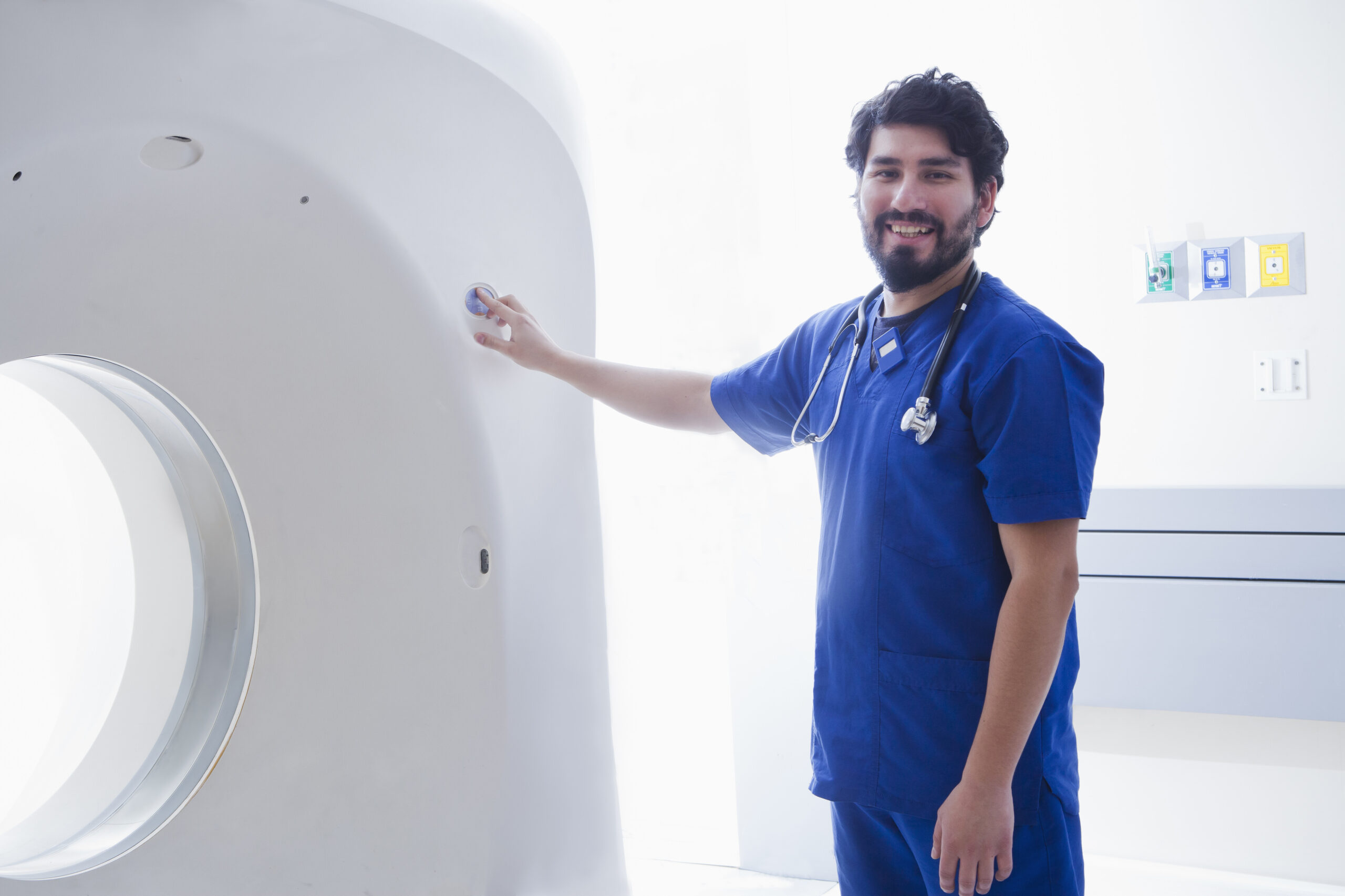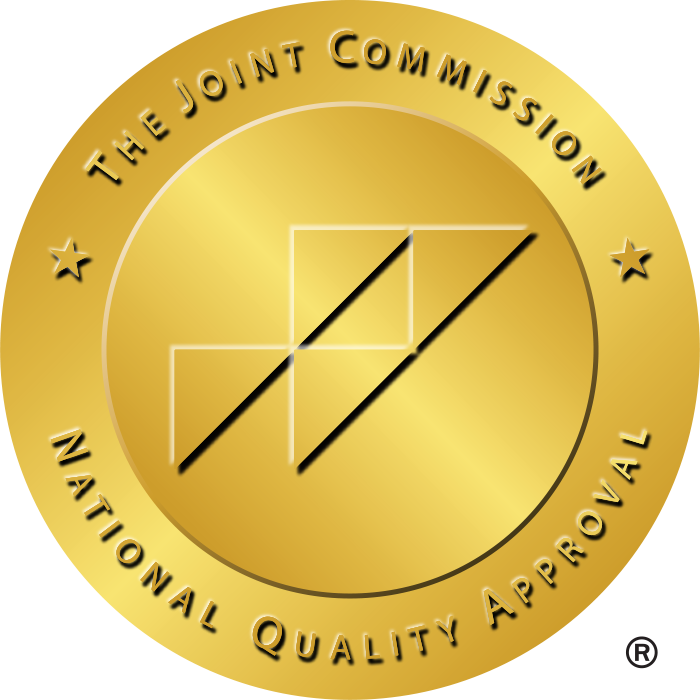Innovative solutions reaching far beyond clinical care
When people think of AI in healthcare, they might picture robotic surgery, AI chatbots communicating with patients to diagnose illnesses, or clinical research labs being run by AI. While all of this is part of the AI revolution in healthcare, there are other untold ways AI is reshaping how hospitals and health systems work. By helping hire, train, and retain providers and professionals, AI isn’t just enhancing patient care; it’s transforming the workforce behind it.
This transformation couldn’t come at a more crucial time because healthcare is facing an urgent need for workforce innovation. Increased administrative burdens, financial challenges, growing patient demand, a rise in provider burnout, and a shortage of professionals are pushing hospitals and healthcare systems to the brink. There’s a massive effort underway, even from the federal government, to challenge healthcare systems to think differently.
It’s not just healthcare. Employers across the country are retooling their workforce needs to fit an AI-powered future. It’s estimated that over forty percent of companies nationwide have already reduced their headcount because of AI. While this is happening across industries, including the hard-hit tech sector, healthcare finds itself in a unique position. Unlike other industries that are trimming headcounts, healthcare remains short-staffed. Over 60% of U.S. health organizations cite a shortage of qualified candidates.
AI is impacting hiring and staffing
With healthcare hiring, it’s not about quantity; it’s about quality. Finding the right person, with the right credentials, at the time when they’re needed, is crucial for elevating patient care. Today’s staffing models require agility and innovation in the staffing process, and this is where AI can make a difference. AI-powered matching systems can scan databases of professionals with different resumes, certifications, training, and experience, and instantly match them to a job that needs to be filled. With AI, the process is faster and more accurate, allowing resources to be redirected where they’re needed most.
When the power of AI matching is combined with the predictive analytics of workforce scheduling and patient census, the real magic happens. Live dashboards that provide hiring managers with instant insight into candidate availability, market pay trends, patient appointments, surgeries planned, historical data, and more mean a streamlined, efficient process for hiring. This is the true essence of workforce management – staffing for positions only when needed to avoid paying for costly staff that aren’t needed, but ensuring the right staff is present when it is required.
One example of how AI is impacting scheduling and clinical care is LeanTaaS’s iQueue, a system that optimizes operating room schedules with staff needed based on patient volume. This comprehensive surgical coordination platform can reduce patient wait times by thirty percent while enhancing resource utilization by over twenty-five percent. Beyond staffing and administrative benefits, this type of AI management improves care delivery.

From strategy to impact
While hospitals are using AI to solve complex staffing challenges, the candidates applying for jobs at these facilities are winning, too. AI-powered tools that transform the workforce are also enhancing the job search experience.
For too long, candidates have felt frustrated by the process. Applying to roles without all the relevant information about a job is like taking a shot in the dark for candidates. Scrolling through jobs, submitting resumes into a black hole, and not knowing the pay, schedule, or even the location has caused a lot of disenchantment among job seekers.
AI matching removes guesswork. Job seekers are instantly paired with the most relevant positions based on their profile, preferences, and background. AI systems can identify missing credentials, suggest resume updates, or recommend licenses that open up more opportunities. This is especially helpful for newer healthcare professionals entering the field. Improved job searching and application processes can boost confidence and provide clarity for these new job seekers. It’s a more informed system with fewer obstacles: less guesswork, better roles, and complete transparency.
Clarity for candidates
AI is bringing transparency to a process that often feels opaque. Candidates feel empowered when they receive real-time feedback on the application process, notifications when new roles become available, and the ability to communicate with recruiters and hiring managers. For traveling healthcare professionals and per diem workers, this information is a game-changer. It helps them plan travel assignments or pick up extra shifts more quickly and accurately.
Another benefit for candidates and the facilities they work for is building trust and strengthening the brand. With a smoother hiring process, candidates are more likely to trust the organization from day one. Building trust and loyalty means employees are more likely to stay, engage positively with others, and review employers favorably.
This creates a ripple effect that, over time, allows health systems to benefit from a strong brand, which is especially important when public opinion about the healthcare system nationwide is low. More than seventy-five percent of job seekers say they consider an employer’s brand before applying for a role. Investing in a strong, authentic, and loyal employer brand isn’t just about marketing; it influences strategic hiring and attracts the best candidates possible.

AI empowerment for long-term success
AI doesn’t just help healthcare professionals find jobs; it helps them find the right job. This means less frustration, improved work performance, and a higher likelihood of long-term career success. Healthcare professionals get to do what they do best: deliver care.
On the employer side, AI is just as transformative. AI goes beyond sourcing applicants; it helps facilities find the right candidate for the right shift. By instantly analyzing real-time data like availability, experience, licensure, and work preferences, AI reduces the time to fill roles and boosts workforce stability. But beyond simply placing providers in roles, AI is reshaping a process that has frustrated job seekers for decades. And that is strengthening healthcare brands.
With hundreds of thousands of medical providers needed over the next five years, AI is the best strategy for ensuring healthcare delivery remains consistent, efficient, and capable of meeting patients’ demands nationwide. Ultimately, AI bridges the gap between human needs and workforce complexity, which means healthcare isn’t just being staffed; it’s being sustained.

Jim Lamb
Technology







